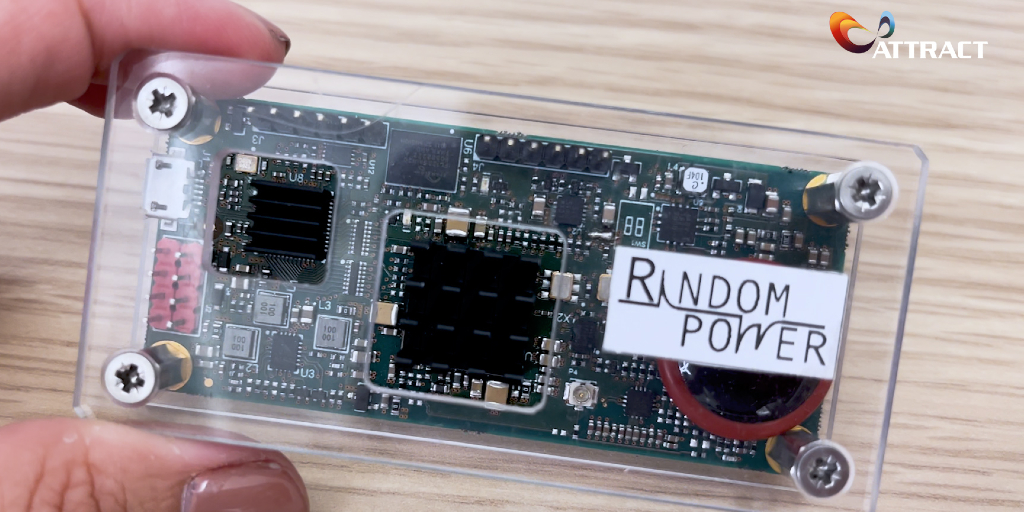Cancer therapy faces significant obstacles in implementing personalized medicine due to the intricate nature of the disease and the multitude of available treatments. In this sense, the HipMed project is developing a system that will enable pathologists to diagnose cancer better and faster using a single pathological slide. This system includes a panel of multiple markers applied to the slide, a hyperspectral scanner that independently maps each marker according to its unique colour, and software tools (image processing, AI) to assist pathologists in navigating the data and achieving faster, more accurate diagnoses.
The HipMed project, led by the cancer diagnostics startup Pentaomix, collaborates with Sheba Medical Center to conduct a clinical study demonstrating the ability of their system to help pathologists diagnose complex cancer cases. Additional developments in advanced optical and computational methods aimed at further improving the product will be explored at the Ben-Gurion University and the Technion Institute of Technology.
Discover more about HipMed through this interview with part of the research team: Boaz Brill and Yuval Garini, both from Peontaomix.
Boaz Brill
Co-founder & CEO at Pentaomix and coordinator of the HipMed project
What is your personal and career journey so far?
I studied physics and I’ve been working in the high-tech and MedTech fields for many years as a project manager and as a CEO of a company developing medical products.
What is the project about? And which partners are involved?
The HIP-MED project is about developing a diagnostic system for cancer. We are developing a system that will enable pathologists and doctors to diagnose types of cancer faster with more reliability. The partners that we have in the project include the Technion Institute of Technology Sheba Medical Center, the Ben-Gurion University and Pentaomix, a startup company which is also coordinating the project.
What challenges have you faced so far?
The main challenge in the consortium is bringing together different technologies and disciplines into a working product. We have on one hand, the medical side, the biochemistry of staining, and working with the slides and then the optical parts, the hyperspectral scanning that we’re utilizing, developing the scanner, and then software AI. These are very many different disciplines, so we have to work with all of them together.
Yuval Garini
Founder & Scientific Advisor, Pentaomix
What is your personal and career journey so far?
My background is in physics, and then I became more expert in biophysics solving biological problem problems by using physical methods including for medical applications such as the one that Pentaomix is working on.
How would you explain the potential implications of this breakthrough to a non-scientific audience?
To diagnose cancer in many cases a small piece of tissue, which is called a biopsy, is taken from the suspected area, and it is tested optically under a microscope. We develop in Pentaomix a technology based on an optical system, together with algorithms which are based on Artificial Intelligence to measure that sample. And if we find that there is cancer we also go one step forward to tell what is the best treatment for that specific cancer to cure the person.
How do you think society will benefit from this project?
Cancer is a very complex kind of disease. And when a person is diagnosed with cancer the next step is to match the best drug. There is a technology which is being developed already under the title of personalized medicine. And now the problem is how to match the best drug to the specific type of cancer that a person has. Our technology makes this link, and it enables the oncologist to select the best drug for the specific patient to cure it as fast as possible.
For more information
Visit the HipMed project site.
Cancer therapy faces significant obstacles in implementing personalized medicine due to the intricate nature of the disease and the multitude of available treatments. In this sense, the HipMed project is developing a system that will enable pathologists to diagnose cancer better and faster using a single pathological slide. This system includes a panel of multiple […]



